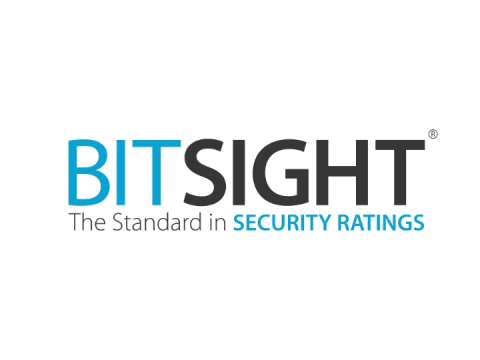Cyber Security Team’s Guide to Success
Thycotic has spent the past year reaching out to the IT security leaders around the world to find out how they feel they are perceived in their roles, how they measure success, what motivate employees, how to be successful at getting security budget and most importantly how to avoid stress which can lead to burnout.
Privileged Account Management Best Practices
Because privileged users have so much power, most organizations have some basic controls in place to limit or audit their activity. But are you doing everything you should? Here is a guide of best practices you can follow to take control over privilege users across your IT environment.
2019 State of Privileged Access Management (PAM) Maturity Report
With up to 80% of breaches due to compromised credentials according to leading analysts, more organizations than ever are prioritizing privileged account protection. As Privileged Access Management (PAM) becomes top of mind, C-level, IT and cyber security professionals are seeking a framework in which they can properly assess, manage, and minimize risks to privileged credentials.
Case Study: Privileged Access Management for Systech International
Systech International needed to improve the IT security of its on-premise data center in London by protecting access to sensitive information such as Finance, HR, and accounting data, as well as third-party access for IT system maintenance.
eBook: 4 Ways To Optimize Your Vendor Onboarding Process
With BitSight for Third-Party Risk Management (TPRM), you can gain immediate visibility into cyber risks within a potential vendor’s ecosystem – enabling you to reduce your onboarding time and costs, and scale your processes to assess and monitor all of your vendors with your current resources.
White Paper: Faster, Less Costly, and More Scalable Onboarding
In this white paper, we will take a look at some of the challenges that keep today’s vendor onboarding processes from supporting the needs of modern businesses.
How to Reduce Risk in an Ever-Expanding Digital Ecosystem
In this white paper, we will examine what is driving the need for continuous visibility into an organization's digital assets. Then, we will explore how SPM helps security and risk leaders achieve broad visibility into all their digital assets — across all devices and endpoints, onpremise or in the cloud — on a continuous basis. Only with this visibility can the business assess its cybersecurity posture and take steps to build an effective program around risk reduction.
Third-Party Cyber Risk: 8 Key Considerations
In this white paper, we’ll look at why third-party security risk matters, some of the forces transforming this space, and how to prioritize risk. During the way, we’ll dive into principles for fair and accurate ratings and why the security of your vendor’s entire enterprise matters. You’ll also learn the true cost of administering your vendor security questionnaire and how to incorporate continuous monitoring into your third-party risk program.
Benchmarking digital risk factors facing financial service firms
RiskRecon and the Cyentia Institute published the Internet Risk Surface and Cloud Risk Surface reports in mid-2019. These studies analyzed data from RiskRecon spanning over five million Internet-facing hosts from ~20,000 organizations as well as major hosting providers around the world. The primary goal was to explore dimensions of interconnectivity, interdependence, and risk exposure that define the era of digital transformation.
Greenlight’s Access Violation Management (AVM) Solution
Greenlight Technologies provides an Access Violation Management (AVM) solution that helps its customers eliminate manual mitigating controls for segregation of duties (SoD). Greenlight Technologies commissioned Forrester Consulting to conduct a Total Economic Impact™ (TEI) study and objectively examine the potential return on investment (ROI) enterprises may realize by deploying its Access Violation Management solution.
3 Common GRC Challenges Threat Intelligence Helps Overcome
Here, we’ll look more closely at the problem of third-party risk, and see how incorporating threat intelligence with GRC technology can help solve three of the most common challenges faced today in third-party risk management.
Datasheet: OneTrust GRC Integrated Risk Management
OneTrust GRC is an integrated risk management platform that delivers a complete, measured view of your business’s risk portfolio providing clear insights to leadership and expediting the execution of routine tasks.
Greenlight Transaction Monitoring
Organizations today operate in a challenging business environment. Their workforce is constantly changing and the business processes the workforce performs are distributed across an increasing number of applications. The average worker today uses over nine applications. Ensuring these workers don’t do anything that could have a negative financial impact on the organization is no easy task.
Greenlight Platform: Monitor Everything. Act on What Matters
Greenlight’s platform provides visibility to all applications, all users, all transactions, and all risks across the entire enterprise – all the time.





















